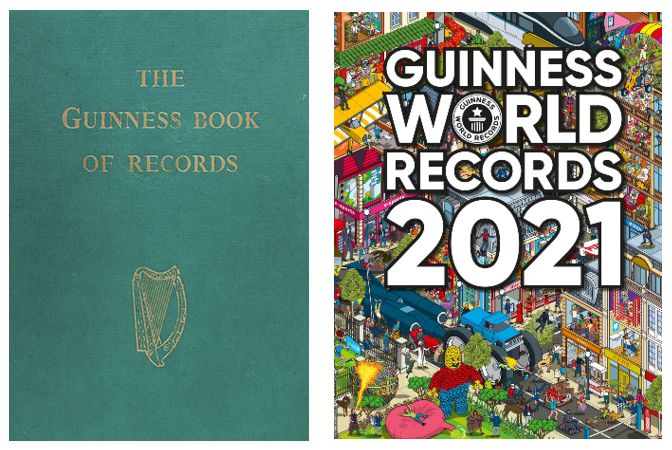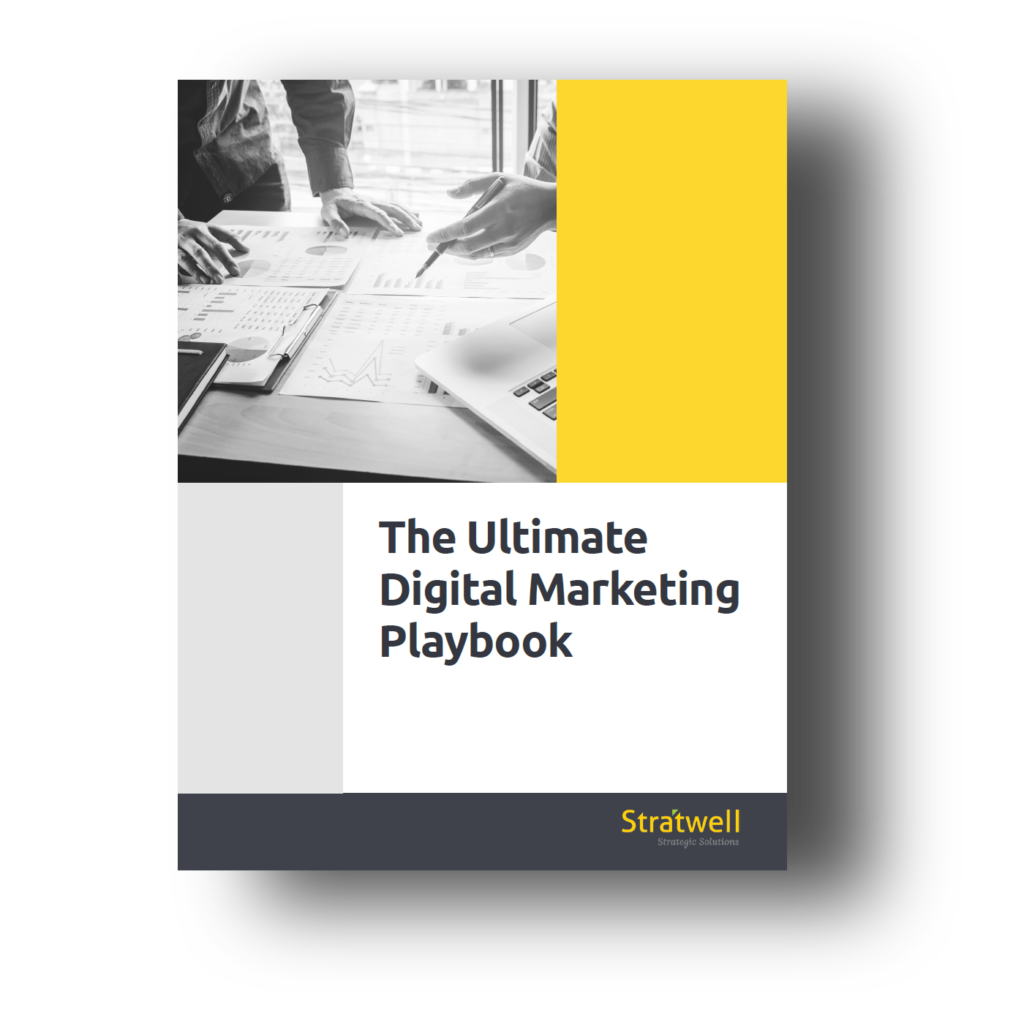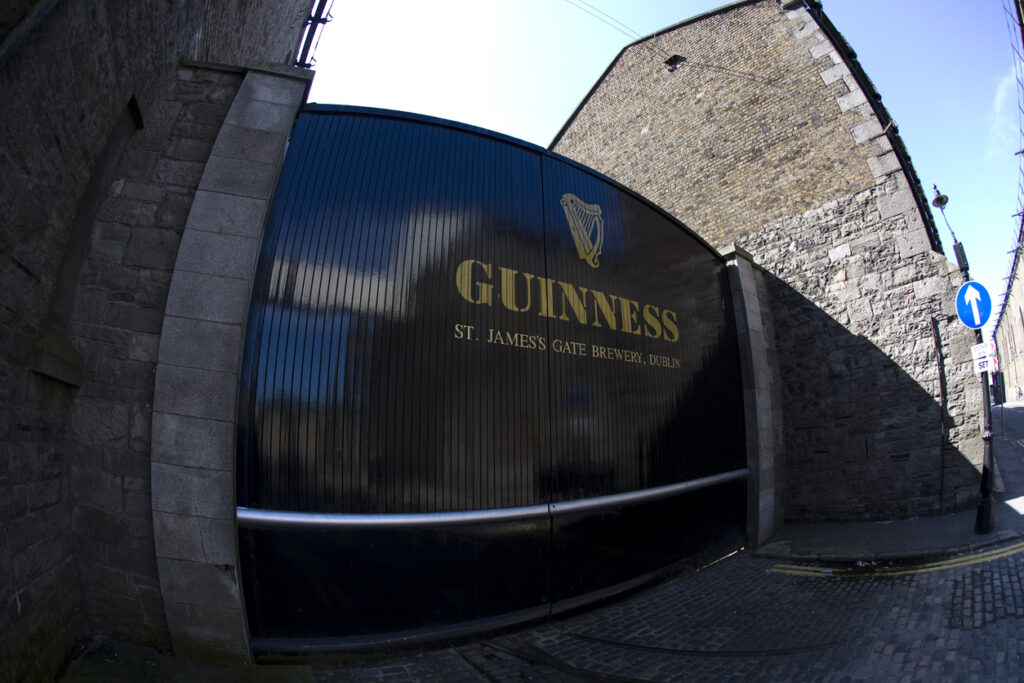The Guinness Book of Records is one of the highest-selling books in history. It maintains over 53,000 records in its database and is published in 100 countries and 23 languages.
It’s one of the greatest example of content marketing where the brand was able to leverage it to generate massive awareness. But how did it all begin?
The Beginning
On November 10, 1951, Sir Hugh Beaver, the managing director of Guinness Brewery, went to a shooting party in Ireland. After missing a shot at a golden plover, he became involved in a debate on whether it or the red grouse is the fastest game bird in Europe.
Unfortunately, there was no solid reference book from which they could check or verify this information. Beaver knew that there must have been numerous other questions debated nightly in pubs throughout Ireland and abroad and pondered whether it may be a good idea to have such a book to settle these arguments.
He set about creating and producing the Guinness World Records soon after. An employee at the brewery recommended twin brothers Ross and Norton McWhirter, who had been running a publishing and fact-finding agency in London. Sir Hugh Beaver interviewed the brothers and hired them soon after to begin the process of compiling and publishing the book.
The First Copy
Beaver had initially decided that the book would be distributed as a free giveaway to patrons in pubs across Britain. It would be used to promote the Guinness brand all over the region.
But the remarkable success and popularity prompted the company to begin selling the book. Today, the Guinness World Records is one of the all-time best-selling books in the world, only shadowed by a few other books such as the Bible and the Quran.
The Guinness World Records became one of the best and most creative marketing tools. It’s considered to be one of the most successful content marketing campaigns and illustrates the enormous potential it can have on a company’s brand. It rivals other powerful examples that demonstrates the power of content marketing including John Deere’s “The Furrow” (1895) and the “Michelin Guide” (1926).

What is Content Marketing?
So the question naturally leads to, what is content marketing?
Simply put, content marketing involves creating and distributing valuable, unique, and high-quality content to a target audience to promote loyalty to a company’s brand. It involves persuading your potential customers by providing useful information rather than the relentless sales calls and emails.
Even though it’s now a core element of marketing, content marketing has a more educational approach rather than promotional. This is what sets it apart from traditional marketing strategies.
While content marketing’s ultimate goal is to gain leads and elevate your brand, the materials that are being presented isn’t all about your products, services, or your brand. It’s about your audience, their needs, and what they care about.
When your brand becomes a credible, authoritative and helpful resource on topics that matter to your potential customers, it will be discovered by the right audiences. It will gain their trust and loyalty and an engaged subscriber base which leads to higher conversion rates.
Content Marketing Lessons We Can Draw From The Guinness World Records
While The Guinness World Record is now filled with thousands of incredible fetes and world records, it’s also packed with valuable lessons for the modern-day marketer. It’s an evidence-based example of how brands that turn themselves into a valuable content resource so that they can be easily discovered by their potential customers.
Here are few lessons marketers can draw from the Guinness Book of Records:
1. The Huge Potential of User-generated Content
The first edition of the book only contained existing records. But later on, the editorial team started accepting submissions from people all over the world based on formal processes and procedures they created.
Other than increased engagement and customer loyalty, user-generated content can provide significant benefits to a brand. Research indicates that user-generated content highly influences customers’ purchasing decisions.
While marketers feel pressure to generate more content for customers, more and more consumers are creating the kind of content they most want to see from brands. They are increasingly demanding more personalized experiences.
Therefore, marketers can no longer only rely on staged content to establish meaningful connections. They also need user-generated content to develop trust and authority by allowing consumers to publish positive purchasing experiences and other types of meaningful content they want to see.
2. Decide Which Content to Give Away for Free and What to Sell
Many marketers struggle with deciding how much of their content should be freely available. They often create free articles, blogs, podcasts, videos, and presentations to attract a specific target audience that would help grow their businesses.
The Guinness Book of Records began as a free giveaway but ended up becoming a top-selling book, right up there with other best sellers in history. Therefore, the key lesson is that you can profit directly from your content by charging for it.
As the story of Guinness World Records shows, selling content itself can also be a great business. However, this would only apply to high-quality, engaging, and extremely useful content. With the right information for the right audience, marketers should never shy from selling their content.
3. Determine When to Outsource
What would have happened If Sir Hugh Beaver had decided to have the first copies of the records book produced inhouse by his marketing department? We may never know, but it probably wouldn’t have turned out the same way since the department would have had to become a publishing house virtually overnight and get distracted from their day-to-day operations.
Outsourcing the content creation and the book’s distribution ensured it had more robust content and wider distribution right from the beginning. The team was then able to closely monitor the feedback from its audience which allowed further engagement by accepting user-generated content that most potential audiences could relate to and get excited about.
Conclusion
Consumers now crave authenticity and trust from brands. While content marketing, in general, is designed to achieve this result, user-generated content can provide that extra edge and effectiveness to a brand’s marketing efforts.
As seen from the history of the Guinness Book of Records, a simple idea of content marketing can turn into a world phenomenon where individuals strive to be included in the book. More importantly, it helped stir bar conversations in which the Guinness brand would be mentioned alongside the world records. This is a perfect illustration of how having exceptional user-generated content helped create a powerful brand awareness which translated to lasting and profitable customer relationships.
Any other interesting content marketing examples that you have come across in the past? Share your thoughts with us in the comment section below.
Enjoy this article? Subscribe to get similar articles delivered to your inbox and don’t forget to share it with your friends.
Other Related Blog Posts:
Alan Lo, Managing Partner of Stratwell Strategic Solutions, brings a decade of entrepreneurial and business development experience. Early in his career he was instrumental in building out the distribution channels of a real estate investment firm with over $2 billion in AUM. He has then founded an investment company in 2014 which he successfully exited in 2019.













2 Comments
Great post. I was checking this blog constantly and I’m impressed!
Thank you and good luck.
Thanks for the comment Alec!